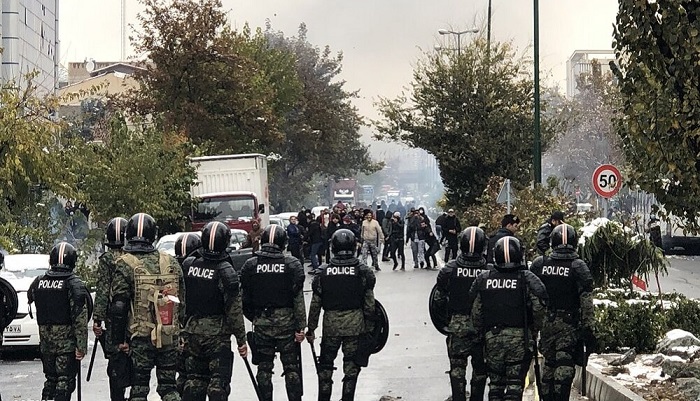

However, the country’s entire security apparatus is designed to confront popular protests, and crackdowns have become the norm. Since the anti-monarchy revolution in 1979, Iran has experienced several major anti-regime protests, but the ruling theocracy has managed to maintain its hold on power through a highly oppressive security apparatus.
Following the 1981 protest organized by Iran’s principal opposition group People’s Mojahedin of Iran (PMOI/MEK), nearly half a million citizens took to the streets in opposition to the regime. The then-Supreme Leader Ruhollah Khomeini responded by ordering the Revolutionary Guards (IRGC) to open fire on unarmed protesters, killing and arresting thousands. MEK supporters were tortured, prosecuted, and executed, instilling fear and spreading terror across Iranian society.
In the early 1990s, Iran witnessed the first major economically driven protests and rebellions in several cities, which were quickly suppressed by the regime. The ruling theocracy sensed the danger and started rearranging its oppressive forces to confront any popular protests. The IRGC’s Ashura and Al-Zahra battalions, made up of paramilitary Basij veterans, were established in the early 1990s and have since evolved into dozens of security organizations that control society.
The FARAJA, formerly known as the Law Enforcement Forces (NAJA), is another organization that operates under the direct control of Iran’s Supreme Leader. The force has been involved in violently suppressing protests and is widely criticized by international human rights organizations for its role in human rights abuses. The Iranian regime supports and funds this force, which has become an integral part of the regime’s security apparatus.
The IRGC, on the other hand, has 11 headquarters and 32 provincial garrisons across Iran tasked with suppressing large or organized anti-regime protests, with the Thar-Allah Headquarters in Tehran being the most important strategic and operational headquarters responsible for preserving security in the capital and providing security to critical governmental facilities.
Despite the Iranian people’s persistent calls for democracy and freedom, the ruling theocracy’s oppressive security apparatus continues to confront popular protests. In recent months, Iranian security forces have shot at unarmed civilians during nationwide protests, further instilling fear and spreading terror among the Iranian people. The world is closely watching the situation, and international pressure continues to mount on Iran to respect its citizens’ human rights and freedoms.

MEK Iran (follow us on Twitter and Facebook), Maryam Rajavi’s on her site, Twitter & Facebook, NCRI (Twitter & Facebook), and People’s Mojahedin Organization of Iran – MEK IRAN – YouTu







